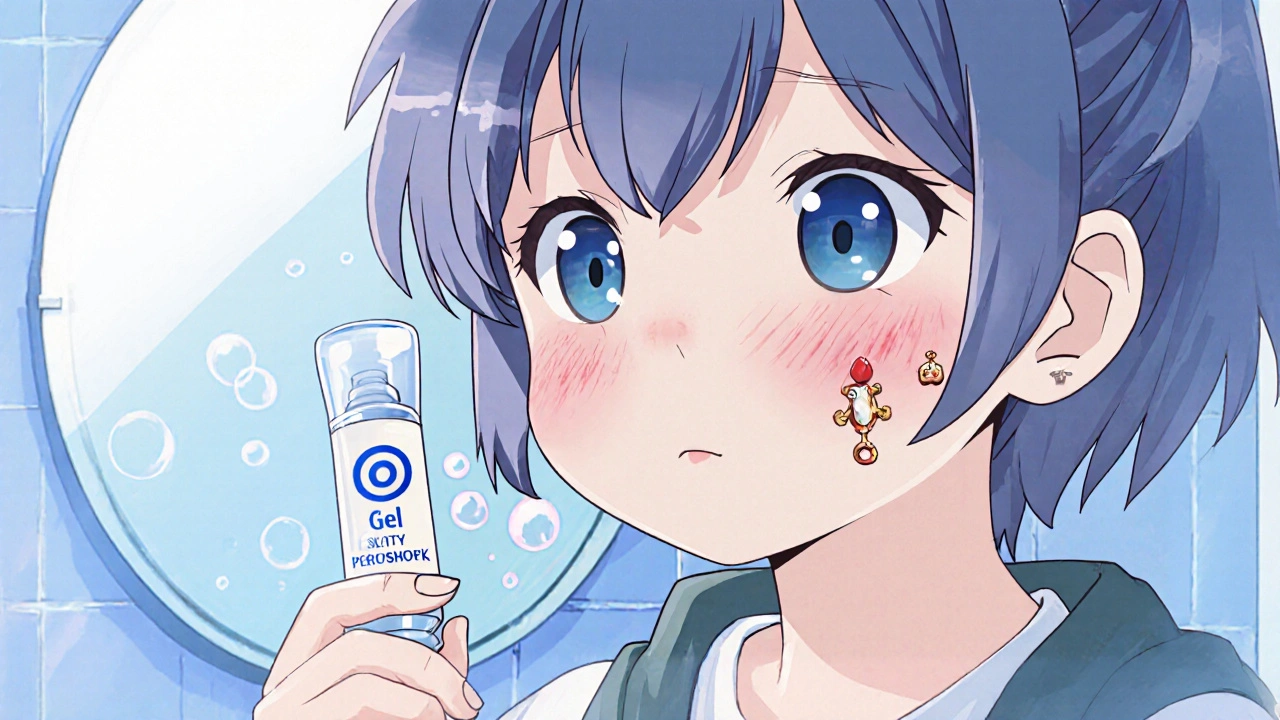Benzoyl Peroxide Side Effects: What You Need to Know
17 Oct, 2025Learn why benzoyl peroxide can cause redness, dryness, and sensitivity, how to manage these side effects, and when to see a dermatologist.
READ MOREWhen you pick up a bottle of benzoyl peroxide, a topical acne medication that kills bacteria and unclogs pores. Also known as BPO, it’s one of the most trusted over-the-counter treatments for breakouts. But for all its effectiveness, it doesn’t play nice with every skin type. Many people start using it expecting clear skin, only to end up with flaky, stinging, red patches. That’s not a myth—it’s a common reaction. The benzoyl peroxide side effects aren’t rare. They’re expected. And if you don’t prepare for them, you might quit before seeing real results.
One of the biggest issues is skin irritation, a direct reaction to the active ingredient’s strong oxidizing properties. It strips away the outer layer of your skin faster than your skin can rebuild it. That’s why dryness, peeling, and tightness show up within days. It’s not an allergic reaction—it’s a chemical burn from overuse or too high a concentration. People with sensitive skin, eczema, or rosacea are especially vulnerable. Then there’s dry skin, a side effect so common it’s practically a sign the product is working. But that doesn’t mean you should suffer through it. Moisturizing isn’t optional—it’s part of the treatment plan. And don’t assume stronger is better. Starting with 2.5% instead of 10% cuts side effects by half without losing effectiveness, according to dermatology studies.
Some users report burning or stinging right after application. That’s normal for the first week. But if your skin turns bright red, swells up, or starts weeping, stop immediately. That’s not tolerance—it’s damage. Also, benzoyl peroxide bleaches fabric. You’ll ruin your pillowcases, towels, and even your favorite black T-shirts if you’re not careful. And while it’s great for acne, it doesn’t fix blackheads alone. It works best paired with salicylic acid or retinoids, which target different parts of the problem. The key is consistency, not intensity. Use it every other night at first. Let your skin adjust. Then slowly build up.
What you’ll find below are real, practical guides from people who’ve been through it. You’ll read about how to handle the peeling without quitting, which moisturizers actually work with benzoyl peroxide, how to avoid sun sensitivity, and why some people never get past the redness phase. There’s also advice on when to switch to something else—and what alternatives actually deliver results without the burn. This isn’t about marketing. It’s about what works when your skin is screaming for relief.

Learn why benzoyl peroxide can cause redness, dryness, and sensitivity, how to manage these side effects, and when to see a dermatologist.
READ MORE